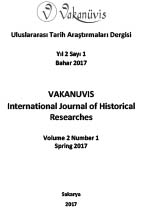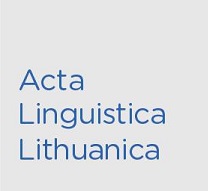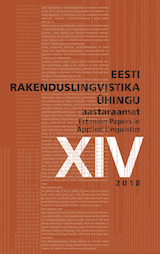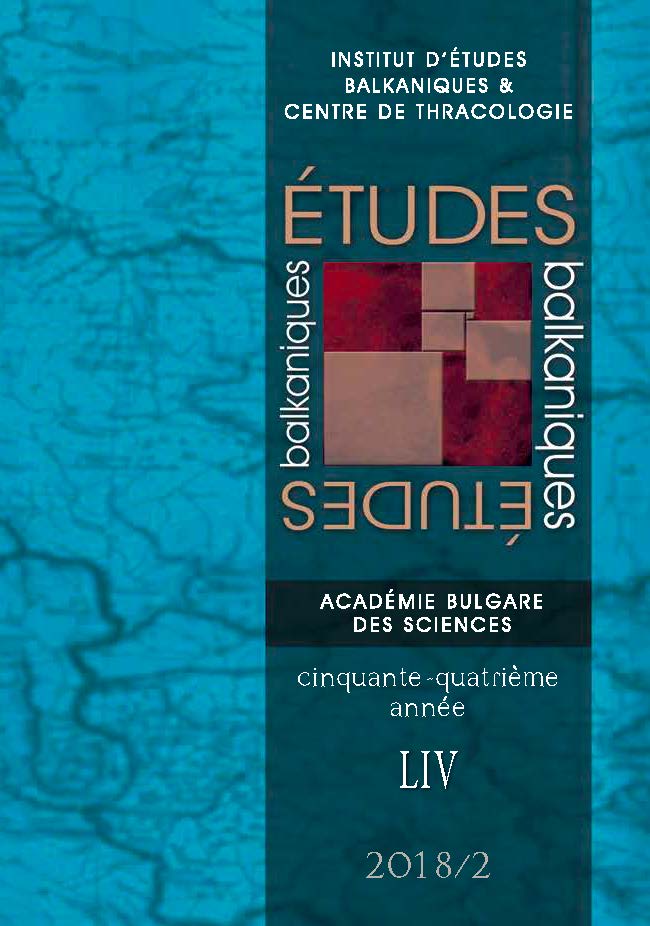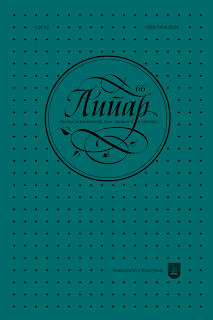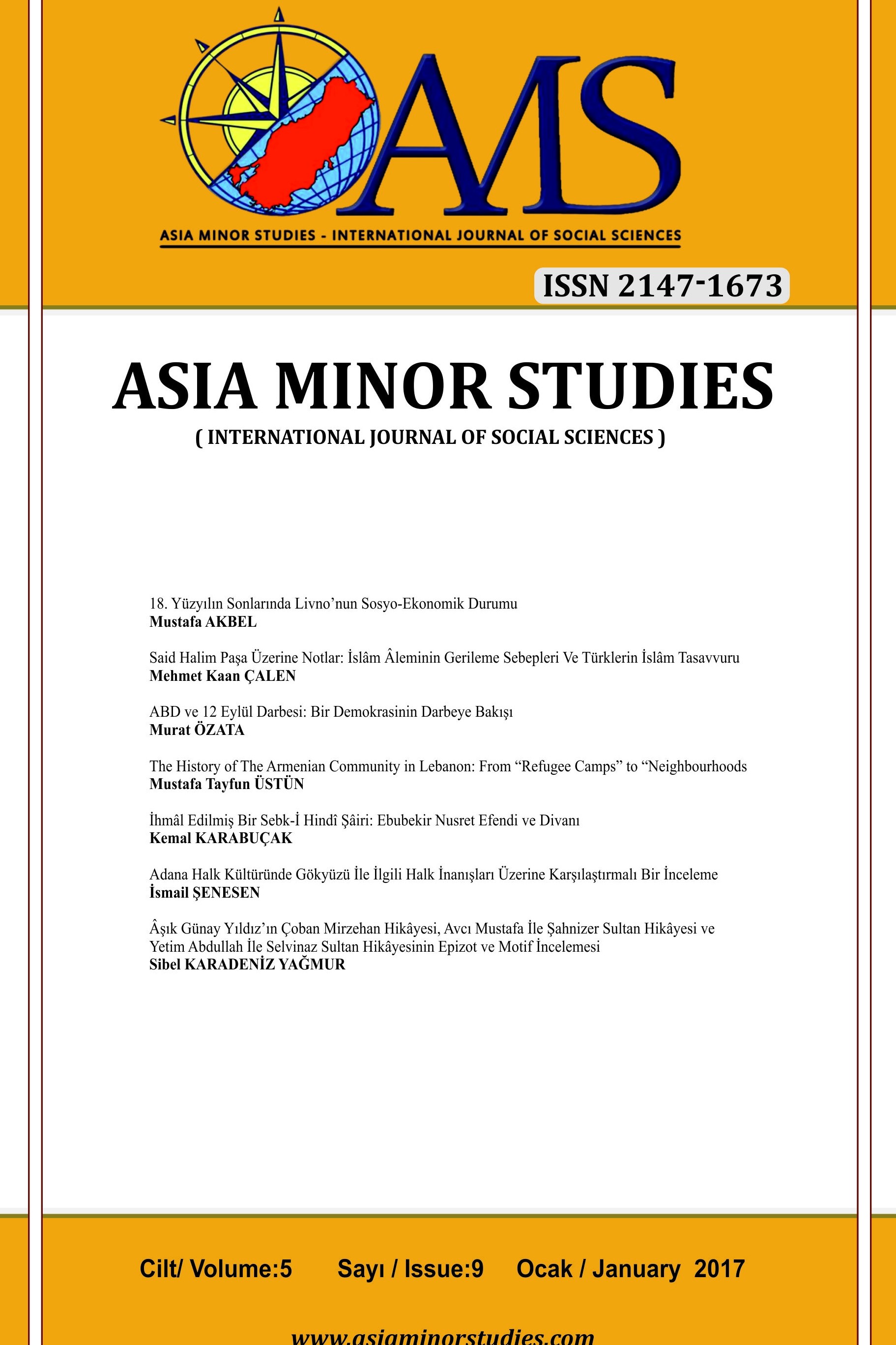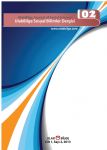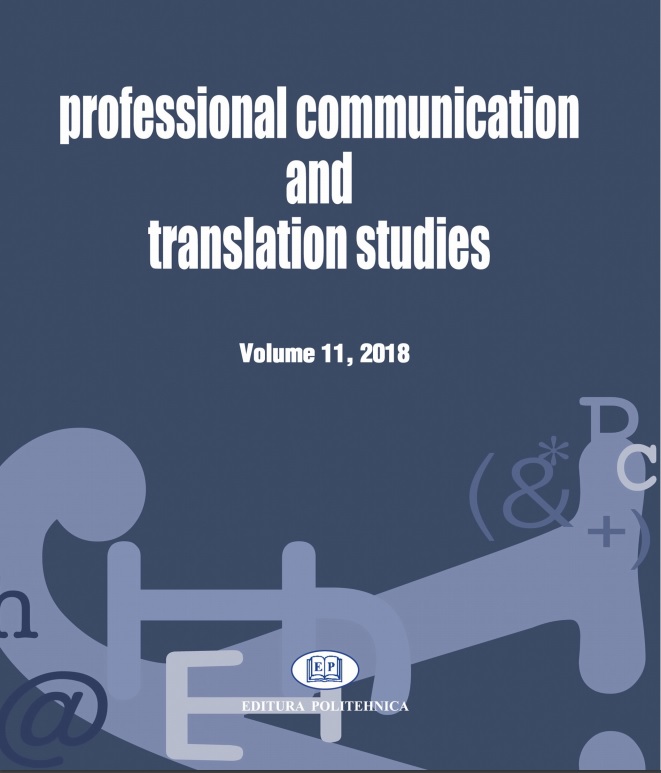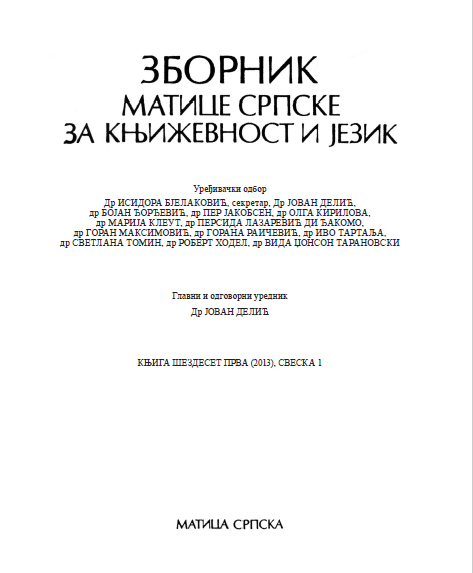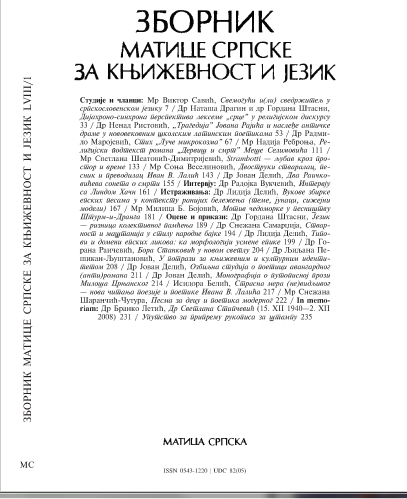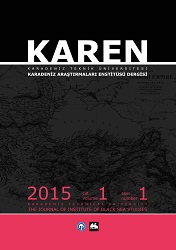
Bir Kimlik İşaretleyicisi Olarak Dil ve Trabzon Ağızlarında Arkaik Hususiyetler
Some phonetic and formal characteristics and certain vocabulary elements of Trabzon dialects today may seem unusual in comparison with the standard language. Characteristics of this kind include the use of “k” instead of “g”, “t” instead of “d”, “p” instead of “b” in the beginning of the word; violation of flat-round vowel harmony rule; the case of the sound /ng/; the preservation of the consonant b- in the first sound; the use of copulas with inversion; binary verb forms. Thus Trabzon dialects present a highly interesting point as they preserve phonetic characteristics which can be traced back to the Ancient Turkish and they partially reflect changes and developments in Turkish language through different historical time periods. This matter connects Trabzon dialects to Turkish language of archaic times based on the vocabulary and phonetic characteristics of these dialects. Despite the undisputed impact of mass media and the wide education opportunities, it is possible to state that Trabzon dialects are the subject of study representing different kinds of changes and developments of Turkish language throughout history.
More...
